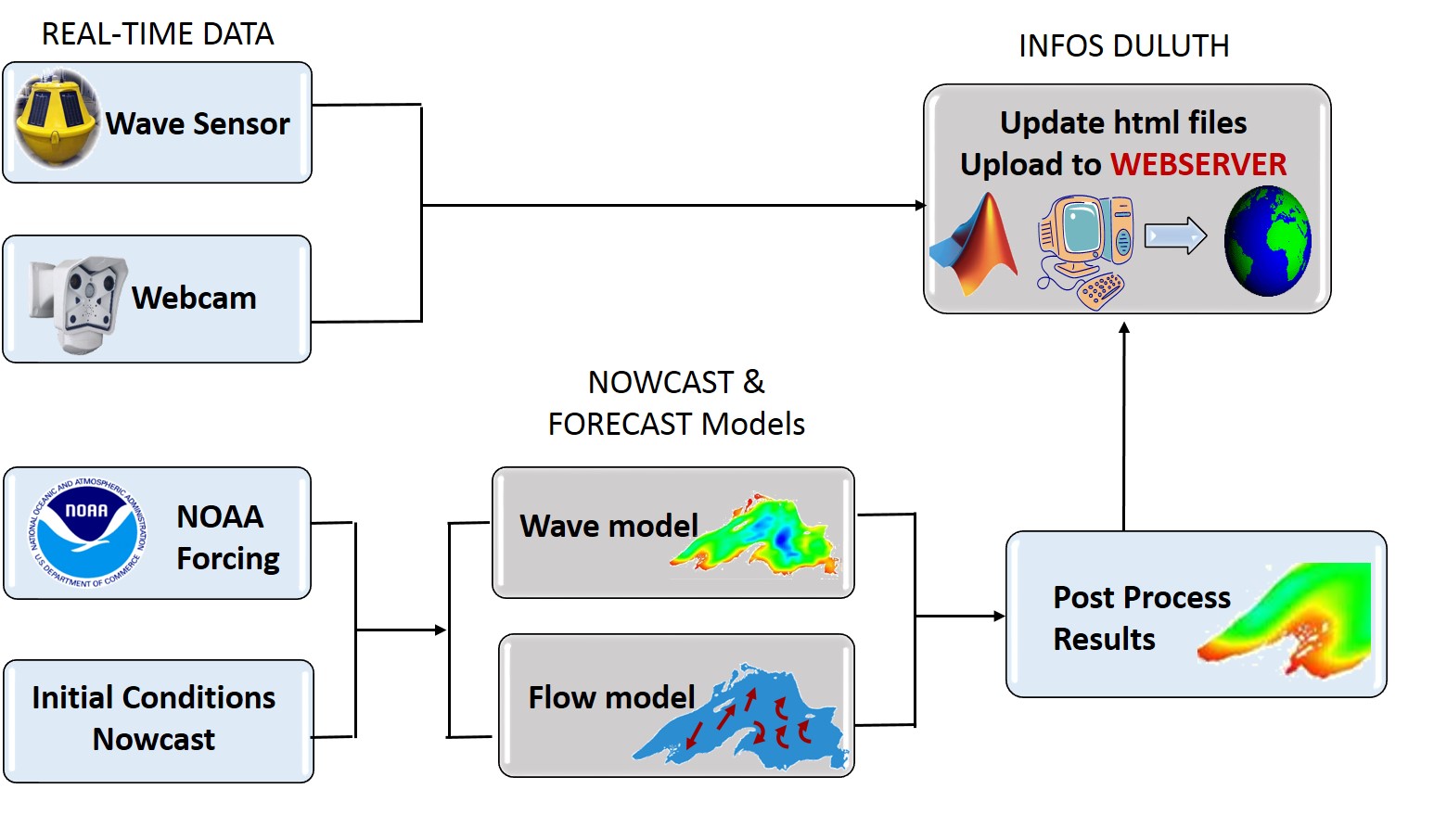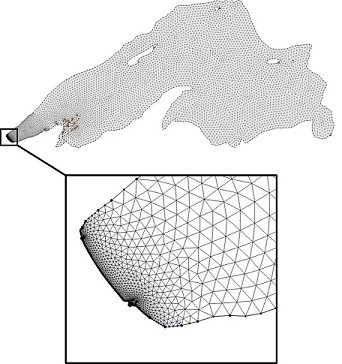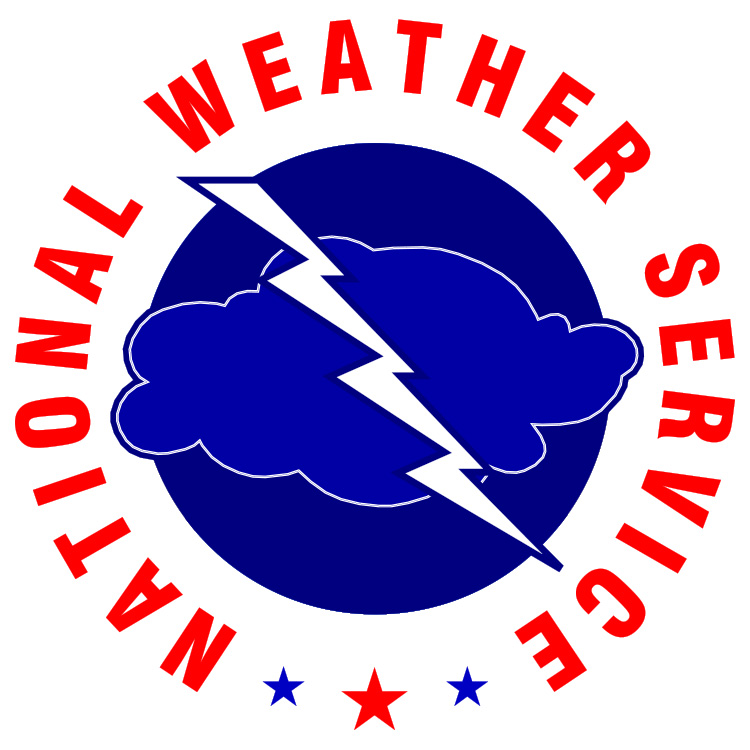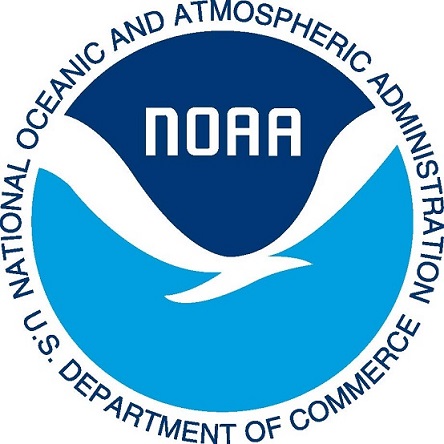About INFOS Duluth
INFOS Duluth is the product of a project funded by the Wisconsin Sea Grant program. The research and maintenance of this site is conducted by the Environmental Fluid Mechanics (EFM) group of the Civil Engineering Department at the University of Wisconsin-Madison. Many parties have acted to assist in the development of this site, including Wisconsin Coastal Management Program. This page contains information about the methods used to produce the information presented at this site.
INFOS Duluth - MISSION
Our mission with this project is to combine and enhance information about the water environment Duluth, Lake Superior. Currently, there are many great resources available via the internet; however, much of the information is scattered throughout the web, making it difficult for one to obtain a clear picture of the current conditions. We hope that the information presented will aid visitors in making safe decisions and act to enhance enjoyment of this beautiful place. We combine real-time observations from various sources, as well as, present nowcasting and forecasting guidance of waves, currents, water temperatures, and water levels near Duluth. Below is a schematic that highlights the main features of INFOS Duluth.

REAL-TIME OBSERVATIONS
INFOS Duluth pools observations from many sources in the local area. Meteorological data is combined from various weather stations including those maintained by the National Oceanic and Atmospheric Administration (NOAA). Direct wave measurements are limited, but a future nearshore system is in the planning stage and NOAA buoys information from mid-lake are presented. In addition, links to real-time webcams show the current wave conditions of the nearshore. We do not provide means for downloading historic datasets of observed data.
NOWCAST & FORECAST - MODELS
The Great Lakes Environmental Research Laboratory (GLERL), of NOAA, currently provides Nowcasting and Forecasting model results for all of the Great Lakes. Due to the vast expanse of the Great Lakes, the GLERL models cannot resolve the relatively small effects includeing nearshore wave transformation. The INFOS models devote a higher resolution to the nearshore and harbor (figure below) while maintaining the same meteorological forcing of the GLERL Great Lakes Models. There are currently two separate models used to simulate waves and circulation patterns..
WAVE MODEL
The Wave Model incorporates the framework of Residual distribution schemes within a hybrid fractional splitting method utilizing third order Ultimate Quickest schemes in spectral space, and robust and accurate integration of the source terms based on a multiple splitting technique using TVD-Runge Kutta schemes for shallow water wave breaking and bottom friction, dynamic integration of the triad interaction source term and semi-implicit integration of the deep water physics.
CIRCULATION MODEL -The circulation model's use of unstructured grids is ideally suited to resolve complex shorelines. With meteoroligical forcing, it calculates three-dimensional water velocities.











